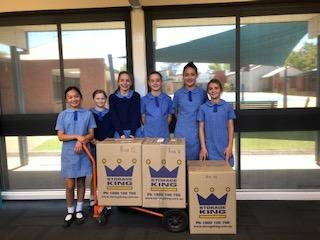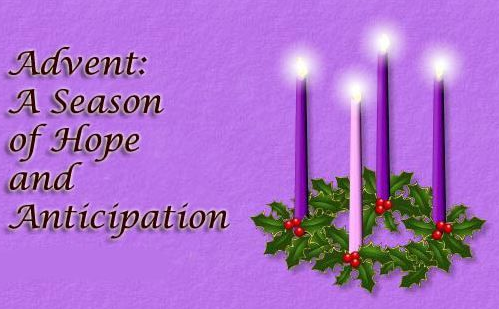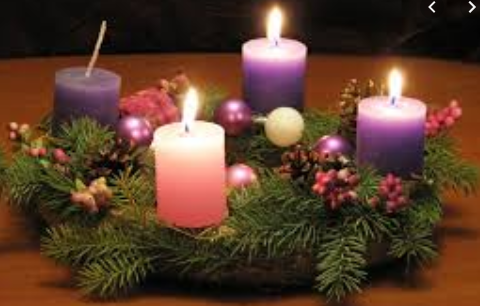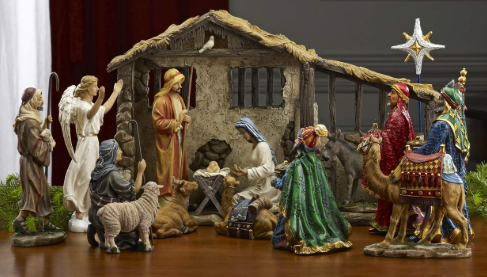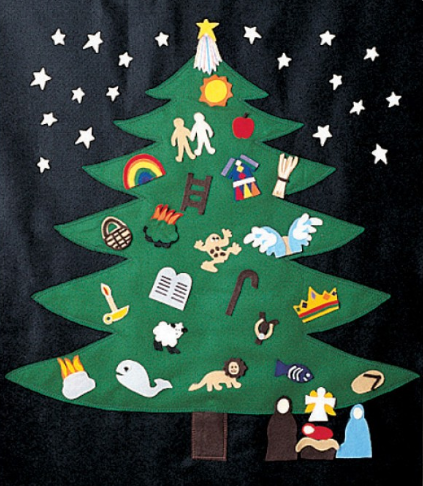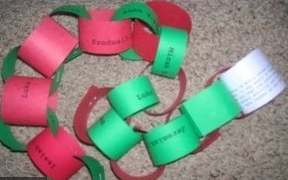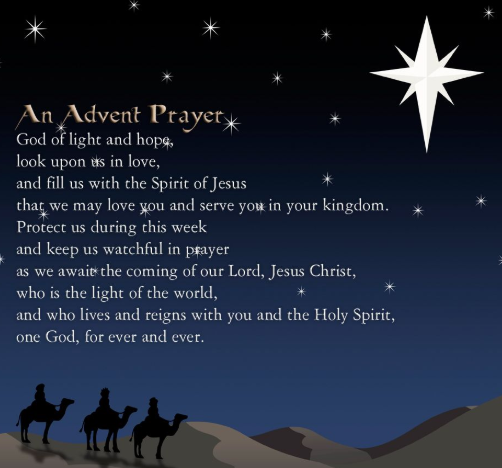Religious Education and Social Justice
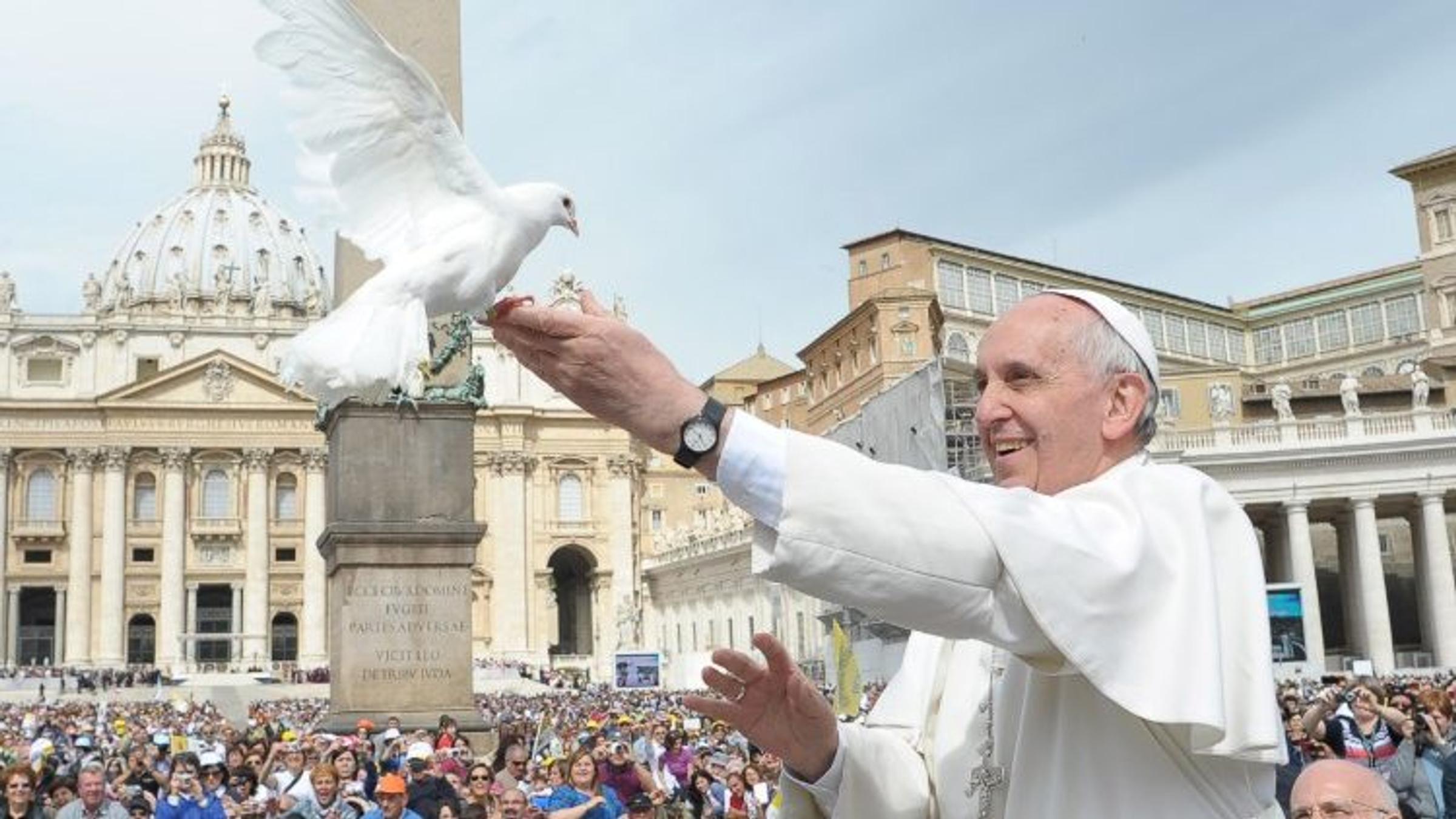
Catholic Mission Book Project
Thank you for supporting our latest Social Justice initiative where we asked families to donate books for the Catholic Mission School Library Project in Yangon Myanmar.
A total of 506 books have been packed into the tea chest boxes and are ready to be shipped to Myanmar so they can be enjoyed by children in their new school library.
Bianca, Liv, Elle, Anna, Maddie and Sophie
The Social Justice Leaders
Preparing for the Season of Advent
The season of Advent begins this coming Sunday, 1st December. The word Advent comes from the Latin adventus, which means a coming, approach, or arrival. In the Church, it refers to the period encompassing the four Sundays prior to Christmas. It is a time of penance, of turning away from sin and hopeful, joyous preparation for the coming of the Savior.
This is what makes Advent special for Christians: the recognition that Christmas is not just “the birthday of Jesus,” but a celebration of his coming into our world today, here and now.
How does he come into the world today? Jesus is “born”—becomes physically tangible—through the celebration of the sacraments. It is by eating the Eucharist, washing in the waters of Baptism, being anointed with the oil of Confirmation and so on, that Jesus’ friends become part of the living Body of Christ (the Church) in the world today. For Catholics, then, every celebration of the Eucharist and the other sacraments is like a little Christmas.
During Advent, Christians prepare for this here-and-now coming of Christ by remembering the long years during which Israel waited for the coming of the Messiah and by looking forward to the final coming of Christ at the end of time. You will hear both themes reflected in the Church’s readings during Advent.
Here are some practical ways that you can prepare to fully celebrate Advent with your children. Remember, you don’t have to do it all—just choose a few practices to focus on with your family.
1. Get or make an Advent wreath
The Advent wreath is one of the most familiar and beloved symbols of Advent. Children love lighting the candles, one each week, as a way of counting down the time until Christmas. Darkening the room and praying by candlelight is also a good way to signal to children that we are entering a very special time.
Advent wreaths usually consist of four candles, three violet and one rose, set in a circular wreath (usually made of evergreen branches). One candle is lit for each Sunday of Advent, with the rose candle being lit on the third Sunday (Gaudete Sunday, from the Latin word for “rejoice”). The violet (or purple) candles represent the penance and sacrifice we undertake to help us prepare for the Lord’s coming at Christmas; the rose candle represents the rejoicing of the faithful at the mid-point of Advent. You can purchase Advent wreaths or you might find it more fun to make your own.
2. Set up a nativity scene
Displaying a nativity scene (or manger set) in your home during Advent is a great way to remind everyone about the true meaning of Christmas: the Creator of the universe entering into creation in order to save it. Here are a few ideas for ways to use your nativity scene:
- Setting up the manger is a great activity for the Friday or Saturday before the first Sunday of Advent. When you set it up, don’t put out the baby Jesus; save that until Christmas Eve or Christmas morning.
- You can also wait to put out the wise men. When you do put them out (perhaps on the third Sunday of Advent), consider placing them someplace far away from the manger, moving them a little bit closer every day until they “arrive” on the Feast of the Epiphany.
- Another custom is to cut up small snips of paper to be “hay” for the baby Jesus; place the hay in a little bowl near the manger. Every time your younger children do a good deed, they can place a piece of the hay in the baby Jesus’ bed to get it ready for his arrival.
- Use the manger set to tell the Christmas story to little children as the story unfolds in the Sunday and weekday readings throughout Advent. For example, hold the Mary and angel figure as you paraphrase the reading about the Annunciation.
3. Make a Jesse tree
Another Christmas-tree alternative during Advent is to make a Jesse Tree, which is a tree decorated with ornaments based on symbols of Old Testament events preparing for the coming of Christ. It might include an ark or rainbow to depict Noah and the flood, for instance, and a ladder to represent Jacob’s ladder.
4. Advent Calendar
A simple way to create an Advent calendar that builds on your Advent Tree is to make a decorative paper chain: every day, children can add a single link to the chain. Decorate the links with a Jesse Tree symbol or write a phrase from the day’s Scripture readings on it…the possibilities are endless.
Our Prep children will lead us in celebrating the first week of Advent next Monday morning, 2nd December at 9:00 a.m. during our school assembly, which will take place in the hall. Please join us!
Jane Wilkinson
Religious Education Leader

